Home>Articles>Which Type Of Ladder Is Permanently Attached To A Building Or Structure?
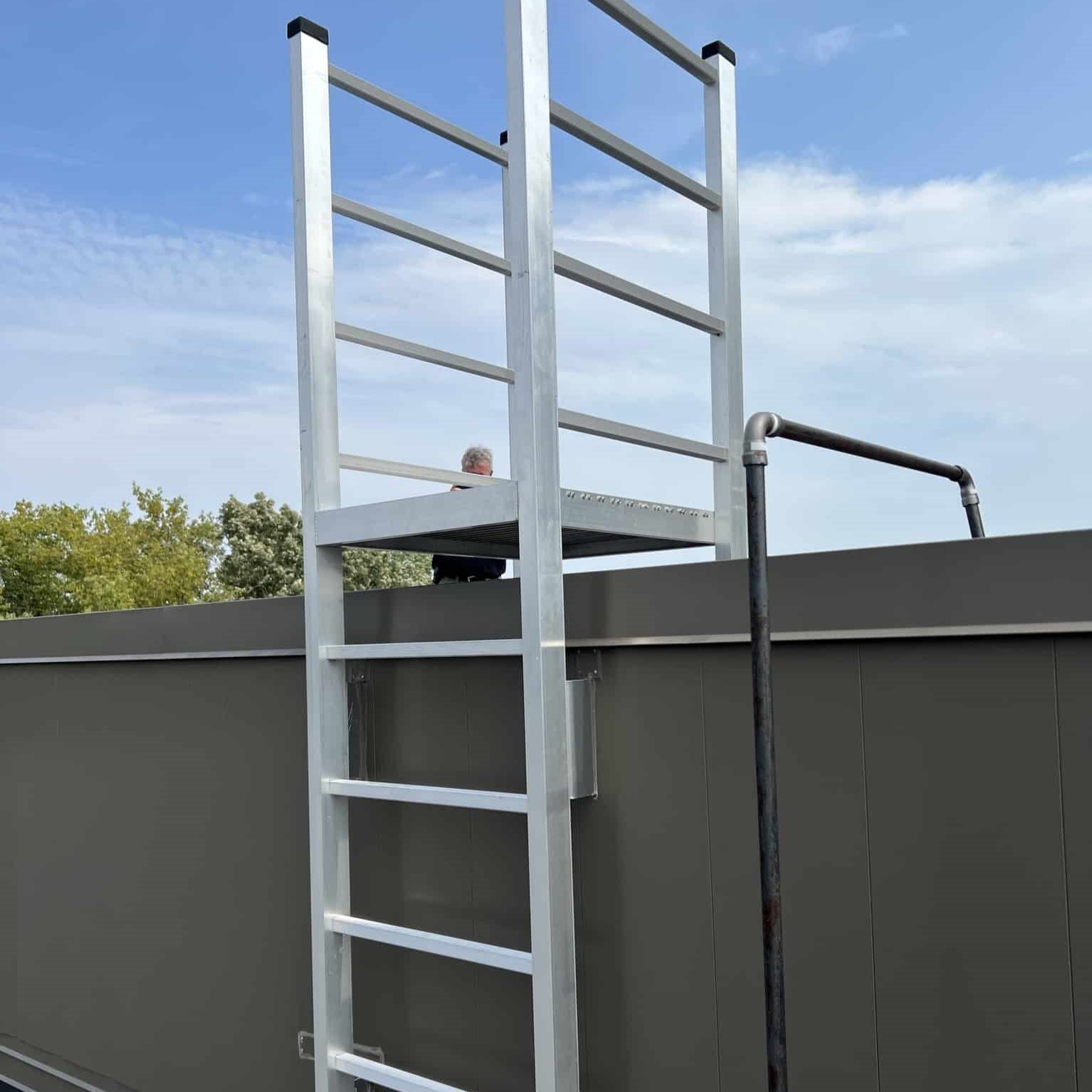

Articles
Which Type Of Ladder Is Permanently Attached To A Building Or Structure?
Modified: October 18, 2024
Looking for articles about ladders permanently attached to buildings or structures? Discover the best types and their benefits in our comprehensive guide.
(Many of the links in this article redirect to a specific reviewed product. Your purchase of these products through affiliate links helps to generate commission for Storables.com, at no extra cost. Learn more)
Introduction
A ladder is an essential tool used for accessing elevated areas in a safe and efficient manner. While portable ladders are commonly used for various tasks, there are situations where a more permanent solution is required. Permanently attached ladders are specifically designed to be affixed to a building or structure, providing a reliable and convenient means of access.
In this article, we will explore the different types of permanently attached ladders and discuss their benefits, as well as the safety regulations surrounding their use.
By understanding the various options available, you can make an informed decision when choosing the most suitable ladder for your needs.
Key Takeaways:
- Permanently attached ladders offer stability, durability, and space-saving benefits, making them a reliable choice for safe and efficient access to elevated areas in various industries and settings.
- Understanding safety regulations, compliance with OSHA standards, and regular maintenance are crucial for ensuring the reliability and safety of permanently attached ladders, promoting a secure work environment and minimizing the risk of accidents.
Definition of a Permanently Attached Ladder
A permanently attached ladder, also known as a fixed ladder, is a ladder that is securely affixed to a building or structure in a permanent manner. Unlike portable ladders that can be moved and positioned as needed, permanently attached ladders are designed to remain in place, providing a consistent and reliable means of access to elevated areas.
These ladders are typically installed vertically on the exterior or interior of a building or structure, allowing individuals to ascend or descend safely. Permanently attached ladders are often used in industrial settings, construction sites, warehouses, and other locations where regular access to elevated areas is necessary.
It is important to note that permanently attached ladders are intended for exclusive use in specific locations and are not meant to be portable or easily removed. Their secure installation is vital to ensure the safety of individuals who will be utilizing them.
The design of a permanently attached ladder may vary depending on the type of structure and the specific requirements of the location. It is essential to adhere to safety regulations and guidelines when selecting and installing a permanently attached ladder to ensure optimal functionality and reduce the risk of accidents.
Benefits of a Permanently Attached Ladder
Permanently attached ladders offer numerous benefits compared to portable ladders. Here are some of the advantages:
- Accessibility: A permanently attached ladder provides a dedicated access point to elevated areas, making it quick and convenient for individuals to reach their desired destination. This saves time and effort, especially in situations where frequent climbing is required.
- Stability and Durability: Permanently attached ladders are securely fastened to the building or structure, offering excellent stability and reducing the risk of wobbling or shifting while in use. They are designed to withstand heavy loads, ensuring durability and longevity.
- Consistent Positioning: Unlike portable ladders that need to be positioned and adjusted each time they are used, permanently attached ladders remain fixed in place. This eliminates the need for constant readjustment and ensures that the ladder is always where it is needed.
- Occupational Safety: Permanently attached ladders are designed to comply with safety regulations and industry standards, making them a reliable choice for occupational safety. They provide a controlled and secure access point, reducing the risk of falls and accidents.
- Space-Saving: The installation of a permanently attached ladder can help maximize space in a building or structure. Unlike portable ladders that need to be stored when not in use, permanently attached ladders are part of the infrastructure, allowing for efficient use of available space.
- Customization: Permanently attached ladders can be customized to meet the specific needs of a location. They are available in various designs, materials, and sizes, ensuring that the ladder fits the requirements of the building or structure.
Overall, the benefits of a permanently attached ladder make it an excellent choice for locations that require regular access to elevated areas. With their accessibility and stability, these ladders offer a reliable and safe solution for individuals in various industries and settings.
Different Types of Permanently Attached Ladders
Permanently attached ladders come in various types, each designed for specific applications and environments. Here are four common types of permanently attached ladders:
- Fixed Ladders: Fixed ladders are the most basic type of permanently attached ladder. They consist of straight vertical sections that are securely attached to the building or structure. Fixed ladders are commonly used for access to rooftops, mezzanines, storage platforms, and other elevated areas.
- Step Bolts: Step bolts, also known as cage ladders, are similar to fixed ladders, but they feature horizontal crossbars known as steps. These steps provide a more comfortable climbing experience by allowing individuals to rest their feet. They are often used in industrial settings, utility poles, and telecommunications towers.
- Ship Stairs: Ship stairs, also called ship ladders or alternating tread stairs, are compact and space-saving permanently attached ladders. They are designed with angled stairs that alternate direction with each step, allowing for easy ascent and descent in tight spaces. Ship stairs are commonly used in ships, offshore platforms, and other areas where space is limited.
- Vertical Ladder Systems: Vertical ladder systems are comprehensive ladder solutions that consist of multiple ladder sections and safety devices. These systems are often used in high-rise buildings, telecommunications towers, or other structures that require vertical access over long distances. They can include safety cages, platforms, and fall arrest devices to ensure the safety of those using the ladder.
Each type of permanently attached ladder offers unique features and benefits, catering to different applications and environments. Consider the specific requirements of your location and consult with experts to determine the most suitable type of permanently attached ladder for your needs.
Fixed Ladders
Fixed ladders are one of the most commonly used types of permanently attached ladders. They are designed for vertical access to elevated areas and are typically installed on the exterior or interior of buildings or structures. Here are some key features and considerations regarding fixed ladders:
- Construction: Fixed ladders are usually constructed of sturdy materials such as steel, aluminum, or fiberglass. These materials provide excellent durability and resistance to harsh weather conditions, ensuring the longevity of the ladder.
- Installation: Fixed ladders are securely attached to the building or structure by using brackets or mounting devices. They are usually installed vertically in a straight line, allowing individuals to climb up or down easily.
- Design: Fixed ladders typically consist of evenly spaced rungs or steps, providing a stable and secure foothold for climbers. They can vary in width, length, and rung spacing, depending on the specific needs of the location.
- Climbing Safety: Safety considerations are essential when using fixed ladders. To enhance safety, it is common to install additional features such as safety cages, fall arrest systems, or ladder extensions. These additions help prevent falls and provide a safer climbing experience.
- Regulations: It is important to adhere to safety regulations and guidelines when installing and using fixed ladders. Regulations may vary depending on the region and industry. Consulting with safety experts or authorities can ensure compliance and help maintain a safe working environment.
- Maintenance: Regular inspection and maintenance of fixed ladders are crucial to ensure their continued functionality and safety. This includes checking for any signs of damage, loose bolts or rungs, and corrosion. Any issues should be addressed promptly to prevent accidents.
Fixed ladders provide a straightforward and reliable solution for vertical access in various environments, such as warehouses, construction sites, and industrial facilities. However, it is essential to assess the specific requirements of your location and ensure compliance with safety regulations when choosing and installing a fixed ladder.
Remember, the safety of individuals who will be using the ladder is of utmost importance, and proper installation, maintenance, and adherence to safety guidelines are vital to ensure a secure and efficient climbing experience.
A fixed ladder is permanently attached to a building or structure and is typically used for vertical access. It is important to ensure that fixed ladders comply with safety regulations and are properly maintained.
Read more: How To Attach Pool Ladder To Deck
Step Bolts
Step bolts, also known as cage ladders, are another type of permanently attached ladder commonly used for vertical access in various industrial settings. They share similarities with fixed ladders but feature additional horizontal crossbars known as steps. Here are some key points to consider about step bolts:
- Design: Step bolts consist of vertical side rails and horizontal crossbars referred to as steps. These steps provide a more comfortable climbing experience by allowing individuals to rest their feet on a stable surface while ascending or descending the ladder.
- Usage: Step bolts are primarily used in industrial facilities, utility poles, telecommunication towers, and areas where regular climbing is required. The presence of steps improves safety and promotes a more ergonomic climbing posture.
- Occupational Safety: Safety regulations often require step bolts to include additional safety features such as safety cages. These cages surround the climbing area and provide an extra layer of protection to prevent falls and enhance worker safety.
- Materials: Step bolts are typically constructed using durable materials like steel or aluminum. These materials offer strength and resistance to environmental conditions, ensuring the ladder’s longevity and reliability.
- Installation Considerations: Step bolts should be securely attached to the structure to maintain stability. It is essential to follow installation guidelines and consult safety regulations to ensure proper mounting and integration with the building or structure.
- Maintenance: Regular maintenance of step bolts is crucial for safe operation. Inspections should be conducted to check for any signs of wear, loose connections, or corrosion. Any issues discovered should be promptly addressed to maintain the ladder’s integrity.
Step bolts play a vital role in providing safe and stable vertical access, particularly in industrial settings where workers frequently climb ladders. The inclusion of steps in the ladder design enhances comfort and reduces fatigue during ascent and descent. The incorporation of safety cages further promotes occupational safety and helps prevent falls.
Remember to follow safety guidelines and the appropriate regulations when installing step bolts. Regular maintenance and inspections will ensure their continued functionality and reliability, creating a safer working environment for those utilizing the ladder.
Ship Stairs
Ship stairs, also known as ship ladders or alternating tread stairs, are a unique type of permanently attached ladder specifically designed for compact spaces and tight vertical access. They offer a space-saving solution while still providing safe and efficient climbing. Here are some key features and considerations regarding ship stairs:
- Design: Ship stairs are characterized by their angled design, with each step alternating direction. This allows individuals to ascend or descend while still maintaining a compact footprint. The angled design also provides a more comfortable climbing experience compared to a traditional vertical ladder.
- Usage: Ship stairs are commonly used in spaces with limited vertical clearance, such as ships, offshore platforms, and other areas where traditional straight stairs or ladders may not be practical. They are an excellent option when space is at a premium but safe access is still required.
- Occupational Safety: Ship stairs are typically equipped with handrails on both sides to enhance safety and provide a secure grip while climbing. However, because of their unique design, it is important for users to be aware of the alternate tread direction and exercise caution when ascending or descending.
- Regulations: Ship stairs must comply with safety regulations and standards to ensure the well-being of those using them. These regulations may include requirements for handrail height, step depth, tread width, and maximum vertical rise. It is crucial to consult and adhere to these regulations to maintain a safe environment.
- Materials: Ship stairs are commonly constructed using durable materials such as steel or aluminum to provide durability and stability. The selection of materials will depend on the specific requirements of the location, including factors such as corrosion resistance and weight limitations.
- Maintenance: Regular maintenance and inspections are necessary for ship stairs to ensure their safe operation. This includes checking for any signs of wear, loose connections, or damage. Prompt repairs or replacements should be carried out if any issues are identified.
Ship stairs offer a practical solution for vertical access in confined spaces where traditional stairs may not be feasible. Their unique design allows for efficient climbing while optimizing available space. Safety measures such as handrails and compliance with regulations are crucial to ensure the safe usage of ship stairs.
When considering ship stairs for your location, consult with safety experts to ensure proper installation and adherence to regulations. Regular maintenance will help extend the lifespan of the stairs and maintain a safe climbing experience for those utilizing them.
Vertical Ladder Systems
Vertical ladder systems are comprehensive ladder solutions that consist of multiple ladder sections and additional safety devices. They are specifically designed for vertical access over long distances, such as high-rise buildings, telecommunication towers, or other structures where a conventional ladder may not be sufficient. Here are some key points to consider about vertical ladder systems:
- Component Integration: Vertical ladder systems typically consist of ladder sections, safety cages or wells, fall arrest devices, and platforms or rest areas at regular intervals. These components work together to provide a safe and efficient means of vertical access.
- Continuous Vertical Climb: Unlike traditional ladders with fixed stanchions, vertical ladder systems can be installed to provide uninterrupted vertical climbing. This eliminates the need to transition from one ladder to another, ensuring a smoother and more efficient ascent or descent.
- Safety Features: Vertical ladder systems often include safety measures such as safety cages, wells, or enclosed ladders. These features provide additional protection against falls and promote occupational safety by preventing users from accidentally leaning too far away from the ladder.
- Fall Arrest Devices: In some cases, vertical ladder systems may be equipped with fall arrest systems, such as vertical lifelines or ladder climbing systems. These devices are designed to arrest a fall and minimize the risk of injury in the event of a slip or loss of balance.
- Customization: Vertical ladder systems can be customized to fit the specific requirements of the structure. This includes tailoring the ladder sections, safety features, and platforms to suit the height, width, and location of the installation.
- Compliance with Regulations: Vertical ladder systems must comply with safety regulations and standards. It is essential to consult with safety experts to ensure that the system meets all necessary requirements, such as spacing between ladder rungs, height of safety cages, and installation guidelines.
- Maintenance: Regular inspection and maintenance of vertical ladder systems are vital to ensure their continued functionality. This includes checking for any signs of wear, corrosion, loose connections, or damage to safety features. Any issues should be addressed promptly to maintain optimal safety.
Vertical ladder systems provide an effective solution for vertical access in structures with significant height or where a traditional ladder is not feasible. Their integration of safety features, fall arrest devices, and customization options ensures a safer climbing experience for those utilizing them.
When considering the installation of a vertical ladder system, it is important to consult with experts to ensure compliance with safety regulations and guidelines. Regular maintenance and inspections will help ensure the system’s integrity and the safety of individuals who rely on it for vertical access.
Safety Regulations for Permanently Attached Ladders
Permanently attached ladders are subject to specific safety regulations and guidelines to ensure the well-being of individuals who use them. Adhering to these regulations is crucial to create a safe working environment. Here are some important safety regulations to consider:
- OSHA Standards: The Occupational Safety and Health Administration (OSHA) sets standards and regulations for ladder safety. OSHA guidelines specify requirements for ladder design, installation, maintenance, and use. It is essential to familiarize yourself with OSHA standards applicable to your industry and location.
- Load Capacity: Permanently attached ladders should be capable of supporting the expected load. OSHA guidelines specify the minimum load capacity requirements for ladders, taking into account factors such as intended use, materials, and structural integrity.
- Clearance: Proper clearance around the ladder is essential for safe access and use. OSHA regulations specify required clearances for ladder installation, ensuring that individuals have enough space to climb up or down without obstruction or risk of injury.
- Handrails and Guardrails: Depending on the application and height, handrails and guardrails may be required for permanently attached ladders. These safety features provide additional support, stability, and fall prevention. Handrails and guardrails must meet specific dimensions and strength requirements outlined in safety regulations.
- Safety Cages or Wells: Safety cages or wells are often used in conjunction with permanently attached ladders for added fall protection. OSHA guidelines determine the necessary dimensions, spacing, and construction requirements for safety cages or wells on ladders exceeding a certain height.
- Regular Inspections and Maintenance: It is essential to regularly inspect and maintain permanently attached ladders to ensure their continued reliability and safety. Inspections should include checking for damage, loose connections, signs of wear, or corrosion. Any issues should be repaired or replaced promptly.
- Employee Training: Proper training is crucial for individuals who will be using permanently attached ladders. Employees should receive training on ladder safety, proper climbing techniques, and how to identify and report potential ladder hazards. Training programs should be comprehensive and kept up to date with the latest safety guidelines.
It is imperative to consult safety experts, industry standards, and applicable regulations to ensure compliance when selecting, installing, and using permanently attached ladders. By following safety regulations, you can minimize the risk of accidents, promote a safe work environment, and protect the well-being of those who use the ladders.
Read more: Which Mixer Attachment For Frosting
Conclusion
Permanently attached ladders offer a reliable and convenient means of accessing elevated areas in various environments. Understanding the different types of permanently attached ladders and their benefits is crucial in choosing the most suitable ladder for your needs.
Fixed ladders are a common choice for vertical access, providing stability and durability. Step bolts offer a more ergonomic climbing experience with the addition of horizontal steps. Ship stairs are ideal for compact spaces, while vertical ladder systems provide comprehensive vertical access solutions.
When utilizing permanently attached ladders, it is essential to adhere to safety regulations and guidelines. Consider factors such as load capacity, clearance, and the inclusion of safety features like handrails, guardrails, safety cages, or wells. Regular inspections and maintenance are crucial to ensure the continued functionality and safety of the ladder.
In conclusion, choosing the right type of permanently attached ladder and following proper safety protocols are vital steps in maintaining a safe work environment and minimizing the risk of accidents. Consulting with safety experts, adhering to industry regulations, and providing appropriate training will help ensure the well-being of individuals who rely on these ladders for vertical access.
By prioritizing safety and selecting the most suitable ladder for your specific requirements, you can enhance efficiency, accessibility, and occupational safety in your workplace or structure.
Frequently Asked Questions about Which Type Of Ladder Is Permanently Attached To A Building Or Structure?
Was this page helpful?
At Storables.com, we guarantee accurate and reliable information. Our content, validated by Expert Board Contributors, is crafted following stringent Editorial Policies. We're committed to providing you with well-researched, expert-backed insights for all your informational needs.
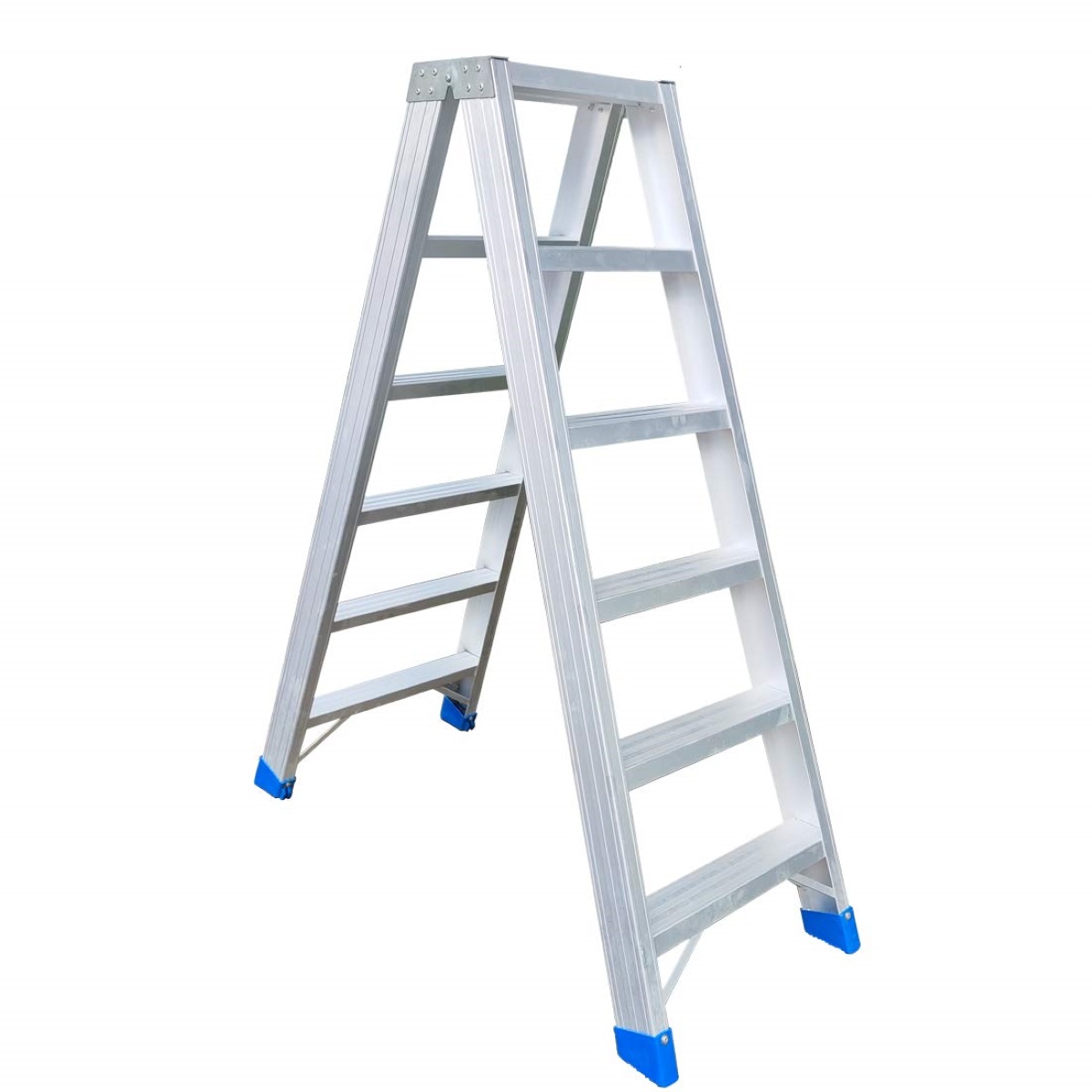
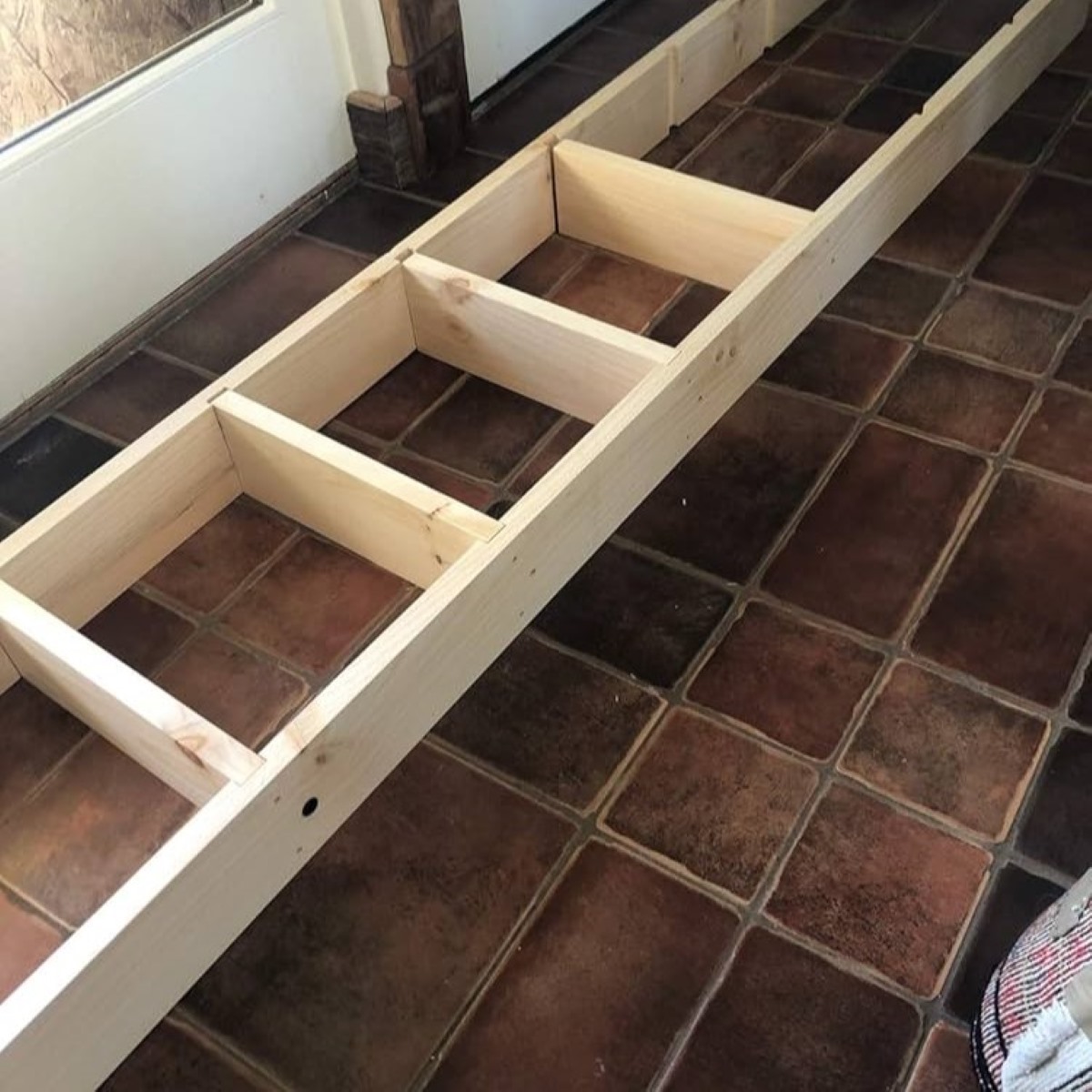
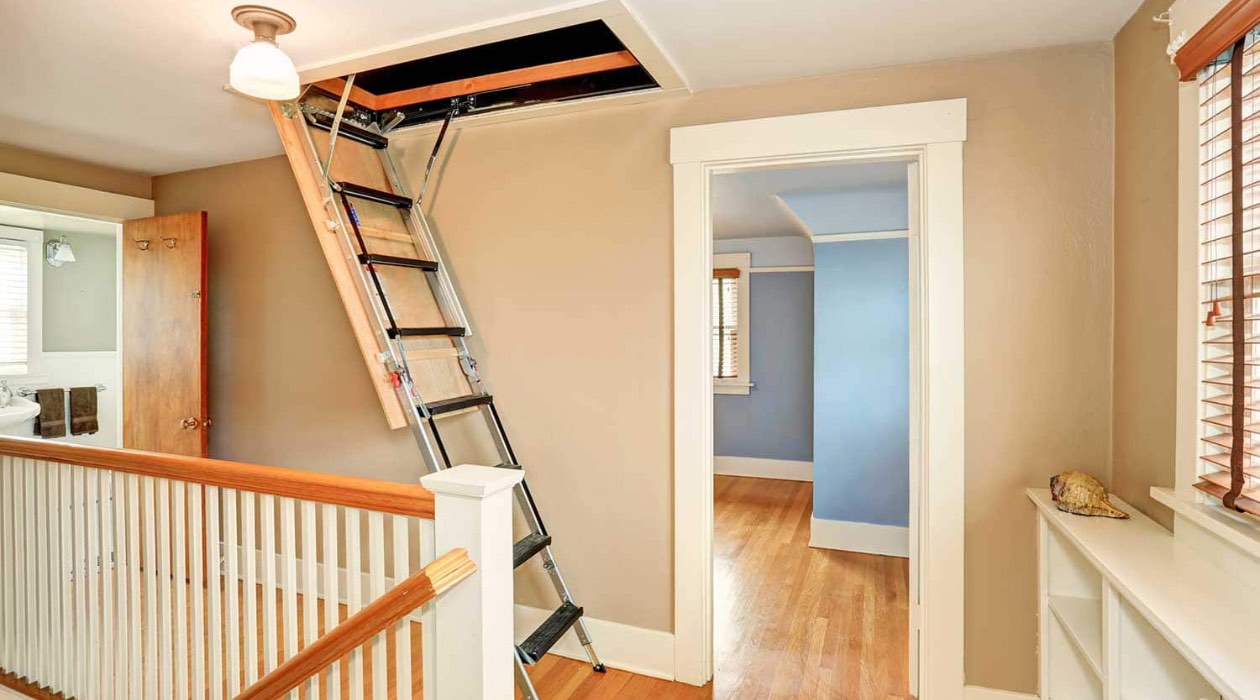
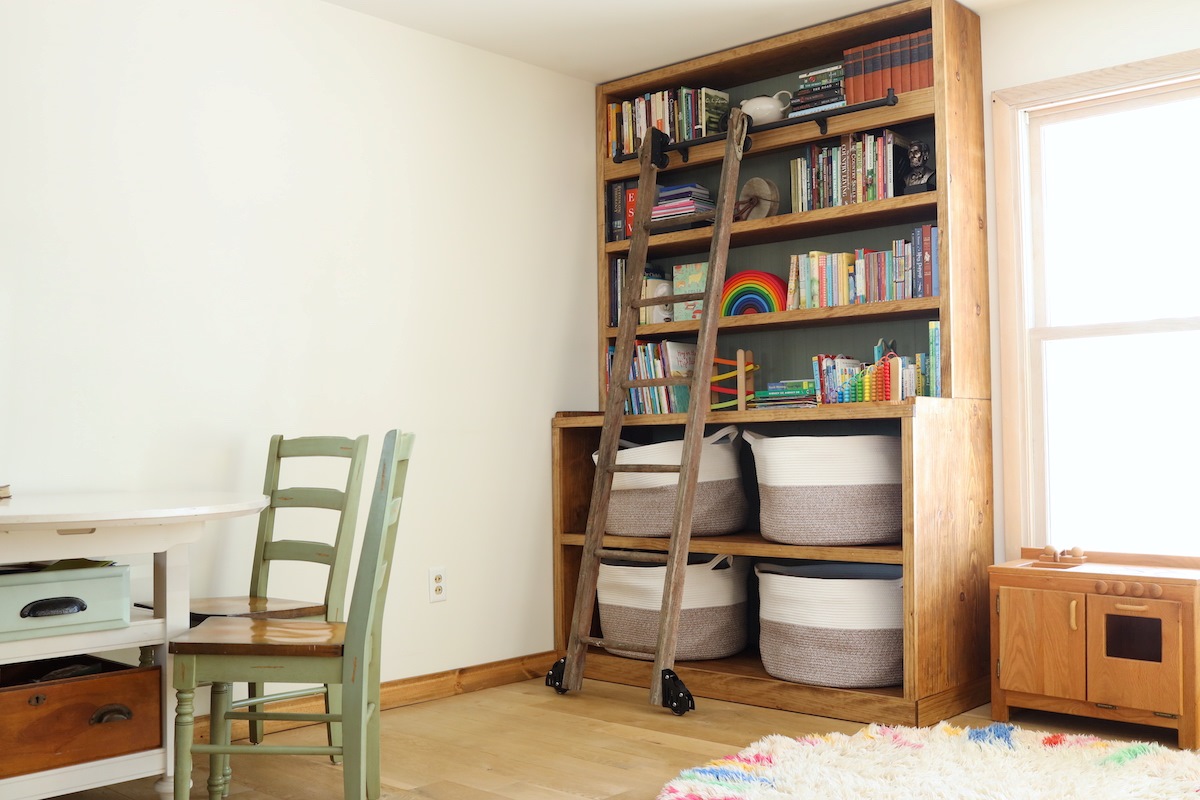
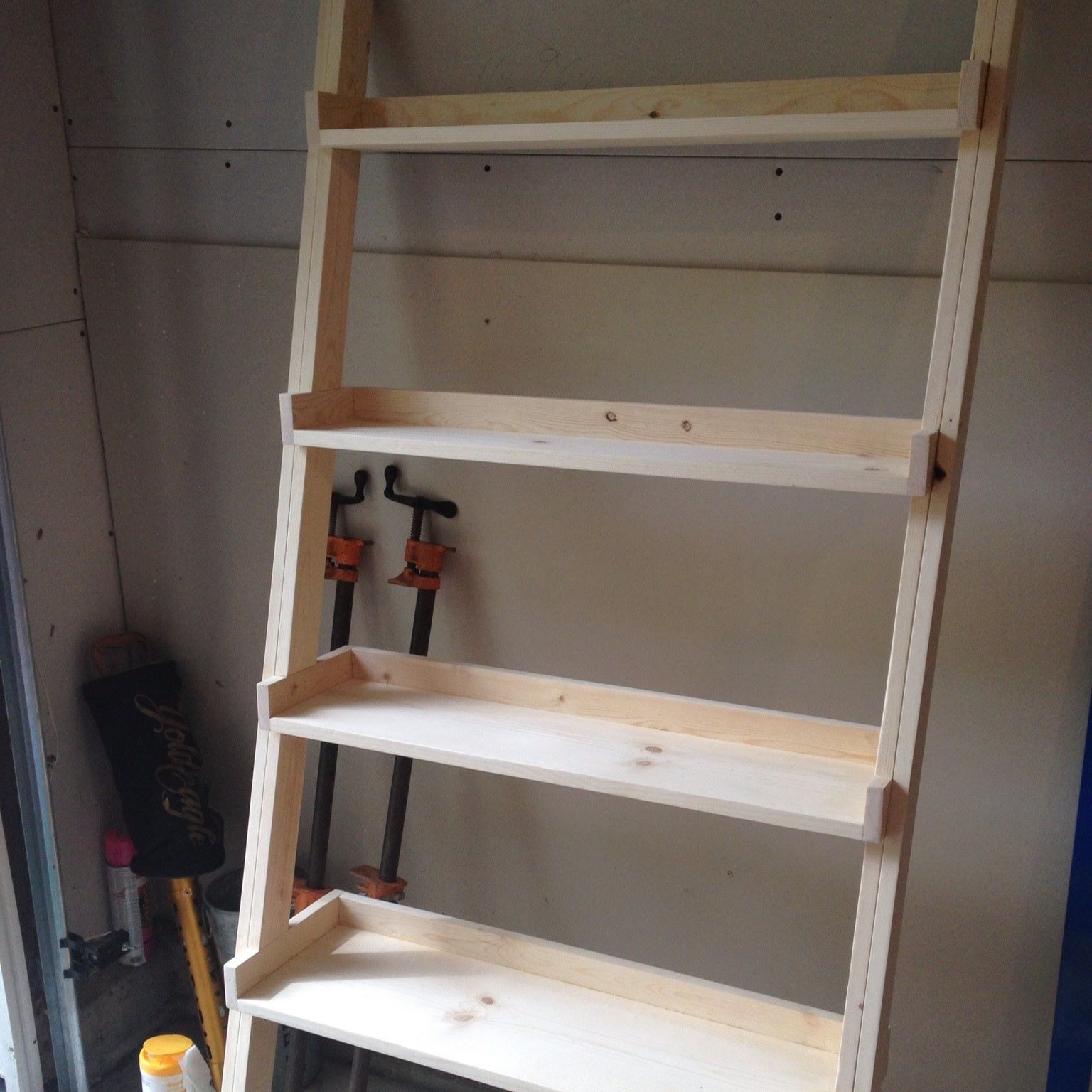
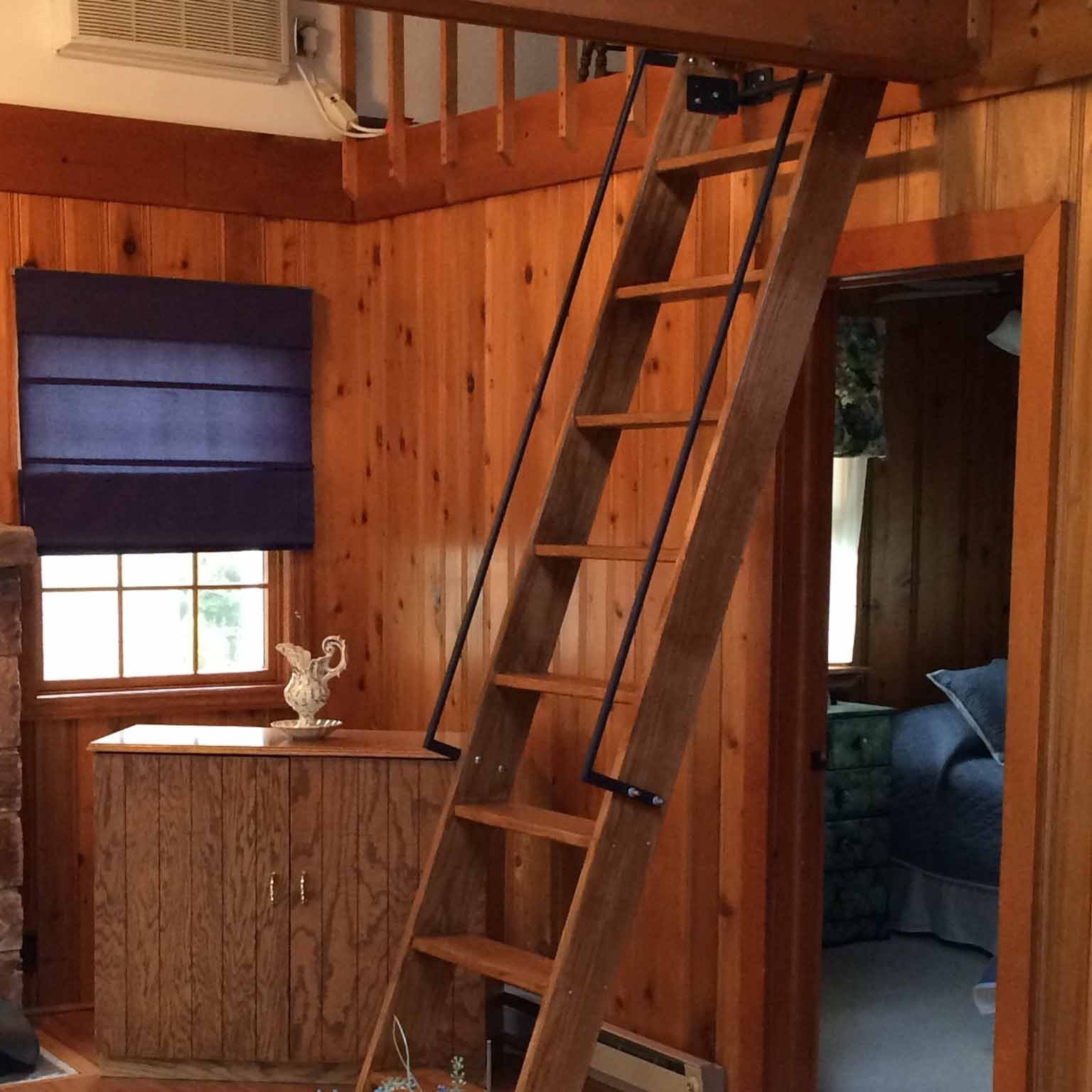
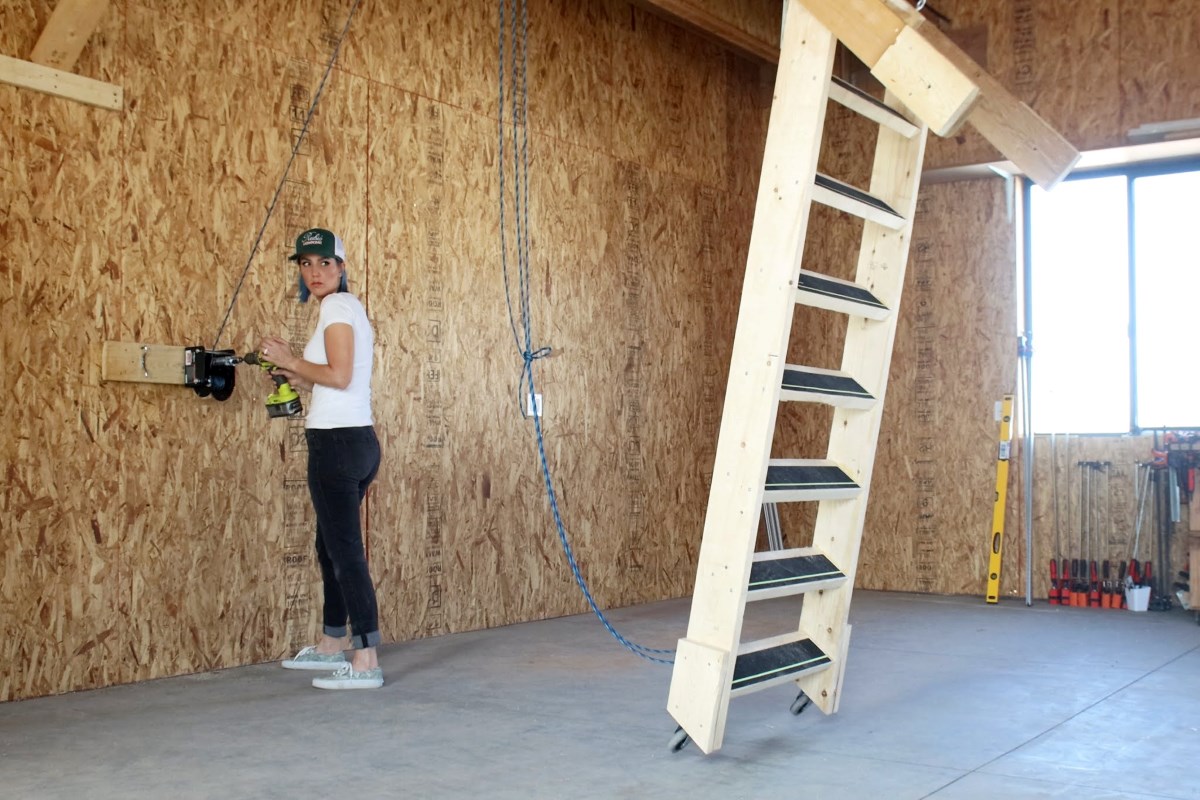
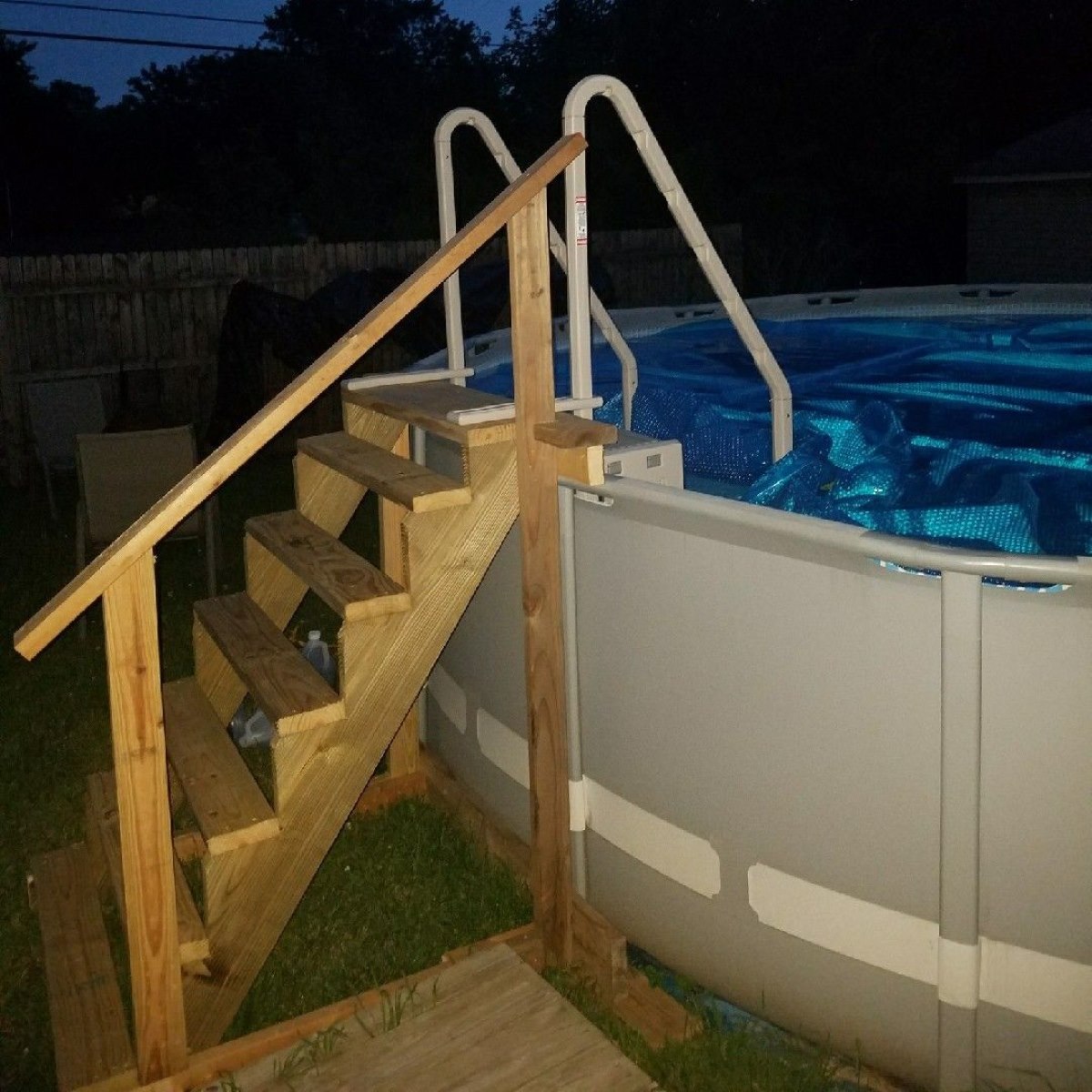
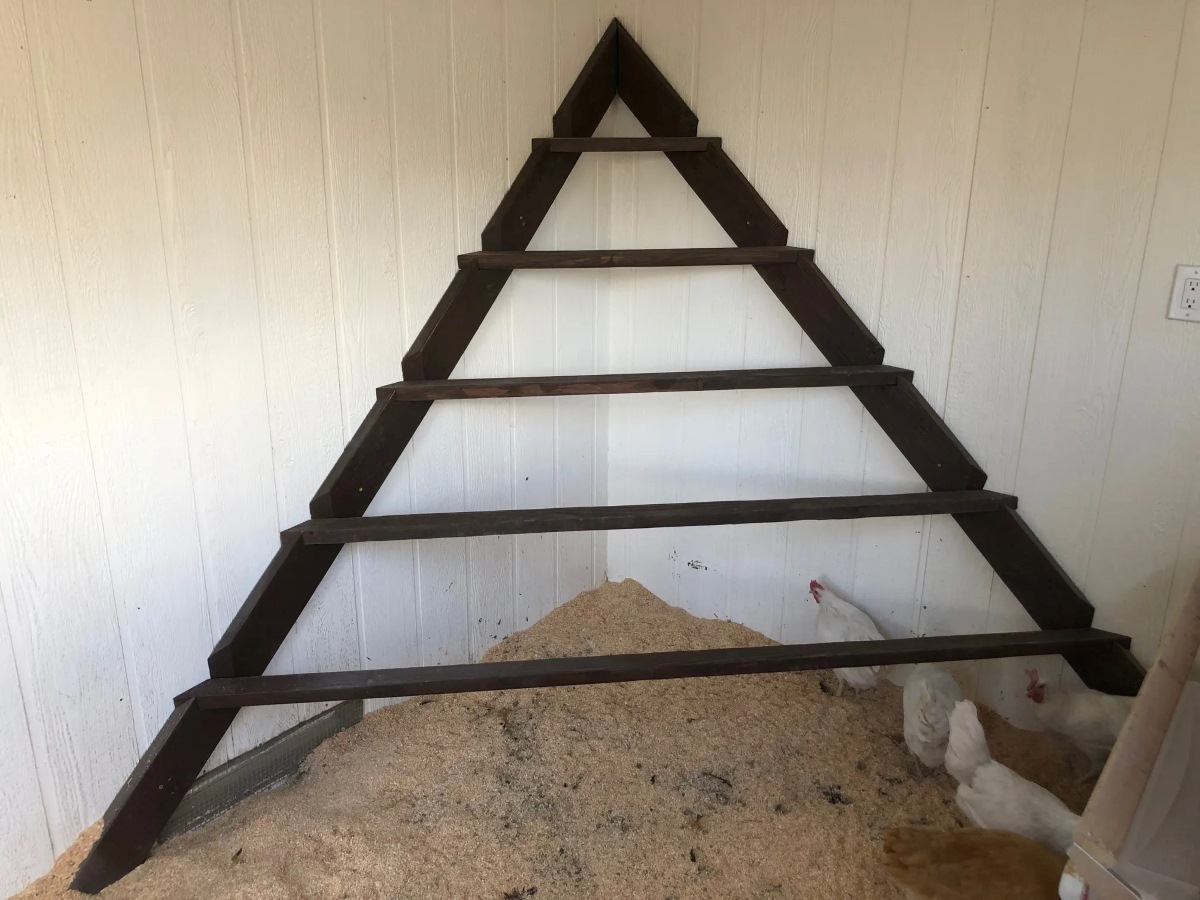
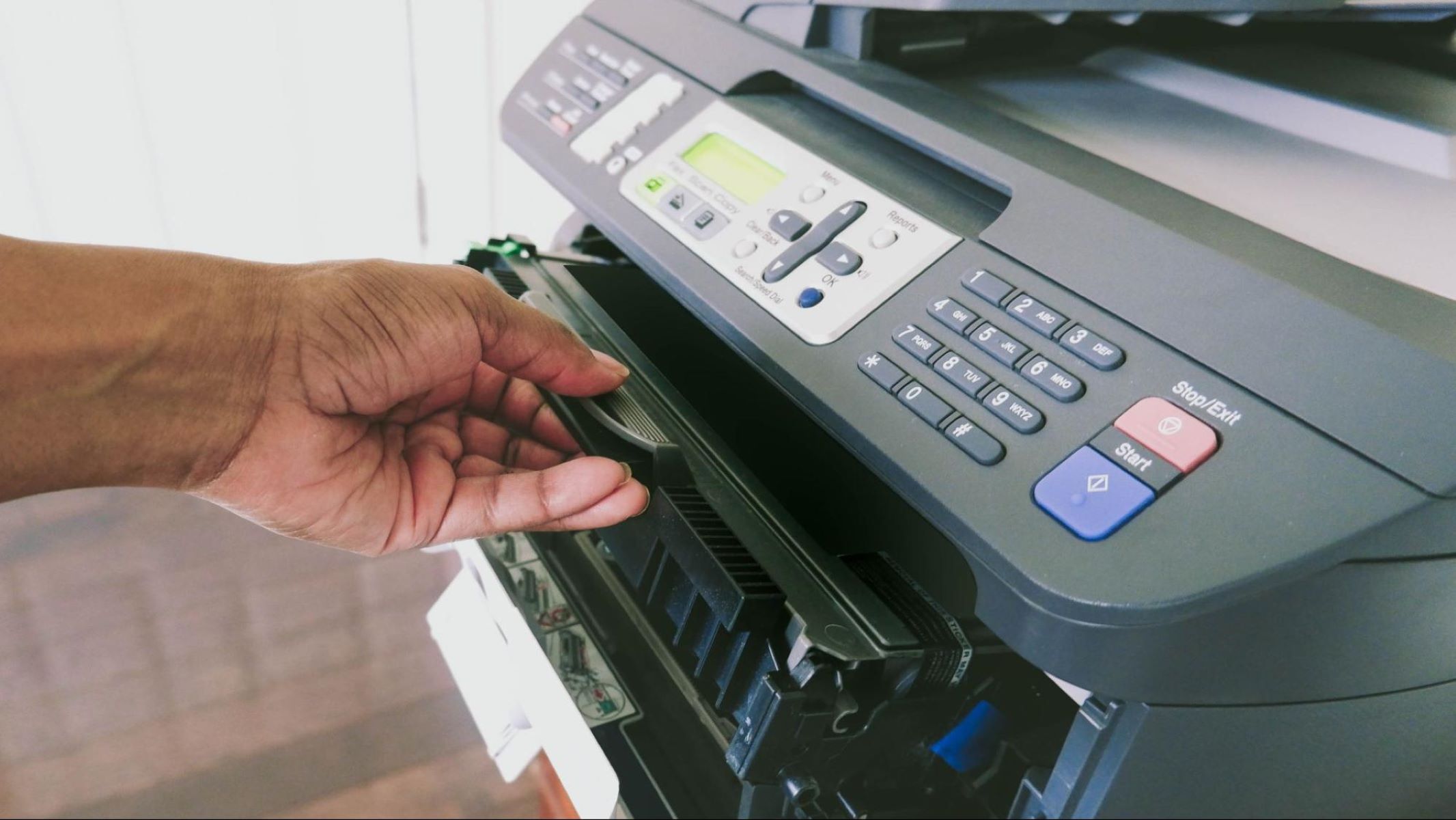


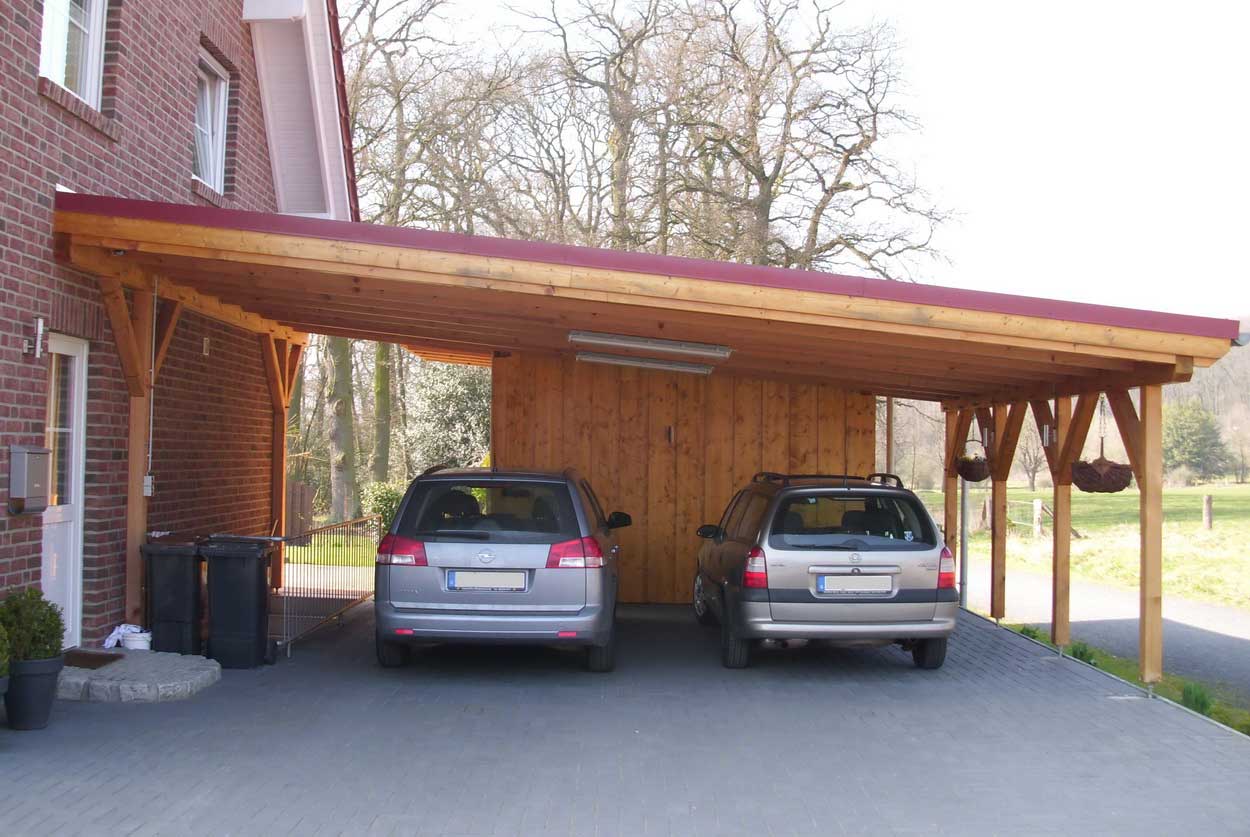

0 thoughts on “Which Type Of Ladder Is Permanently Attached To A Building Or Structure?”